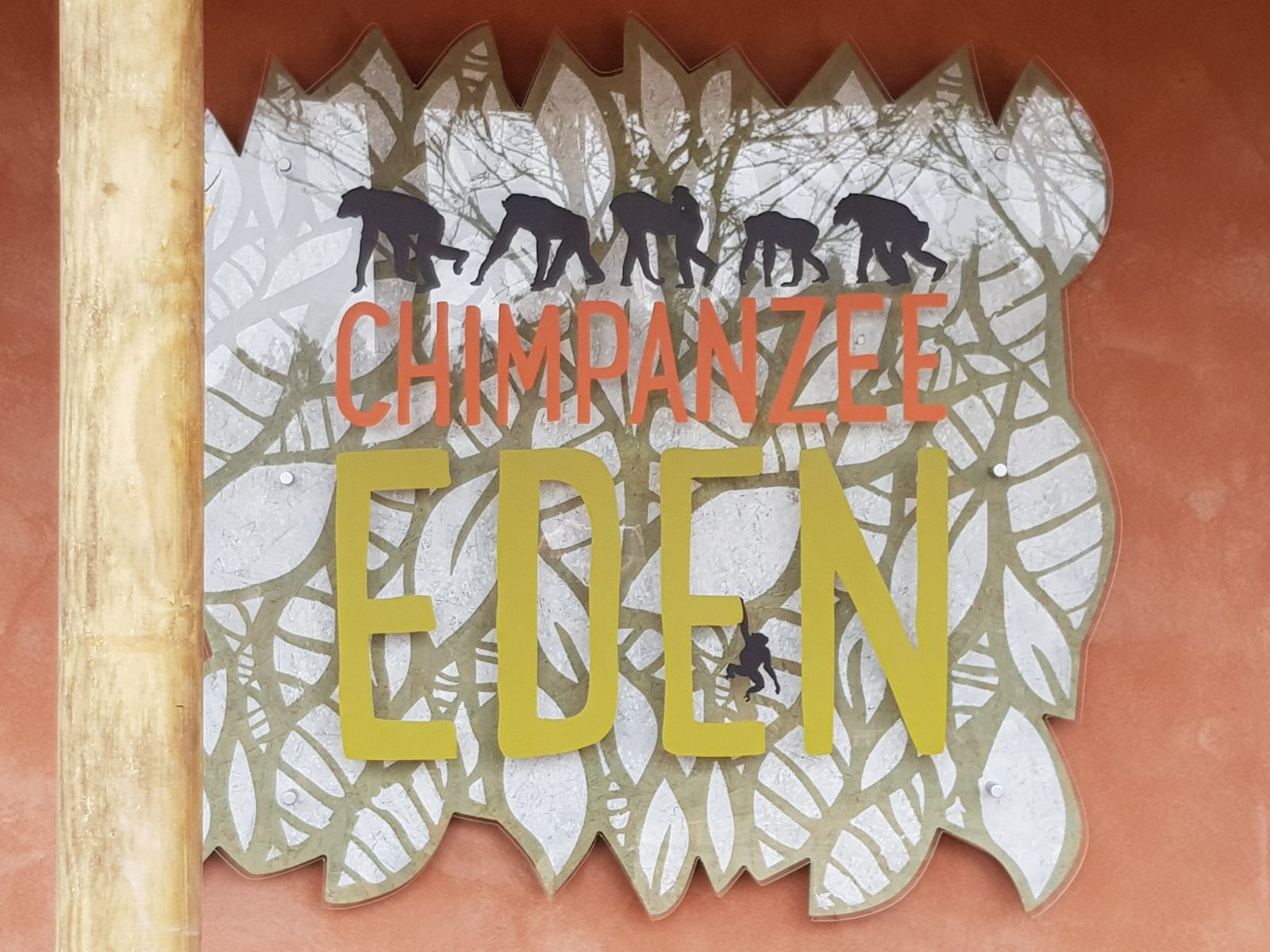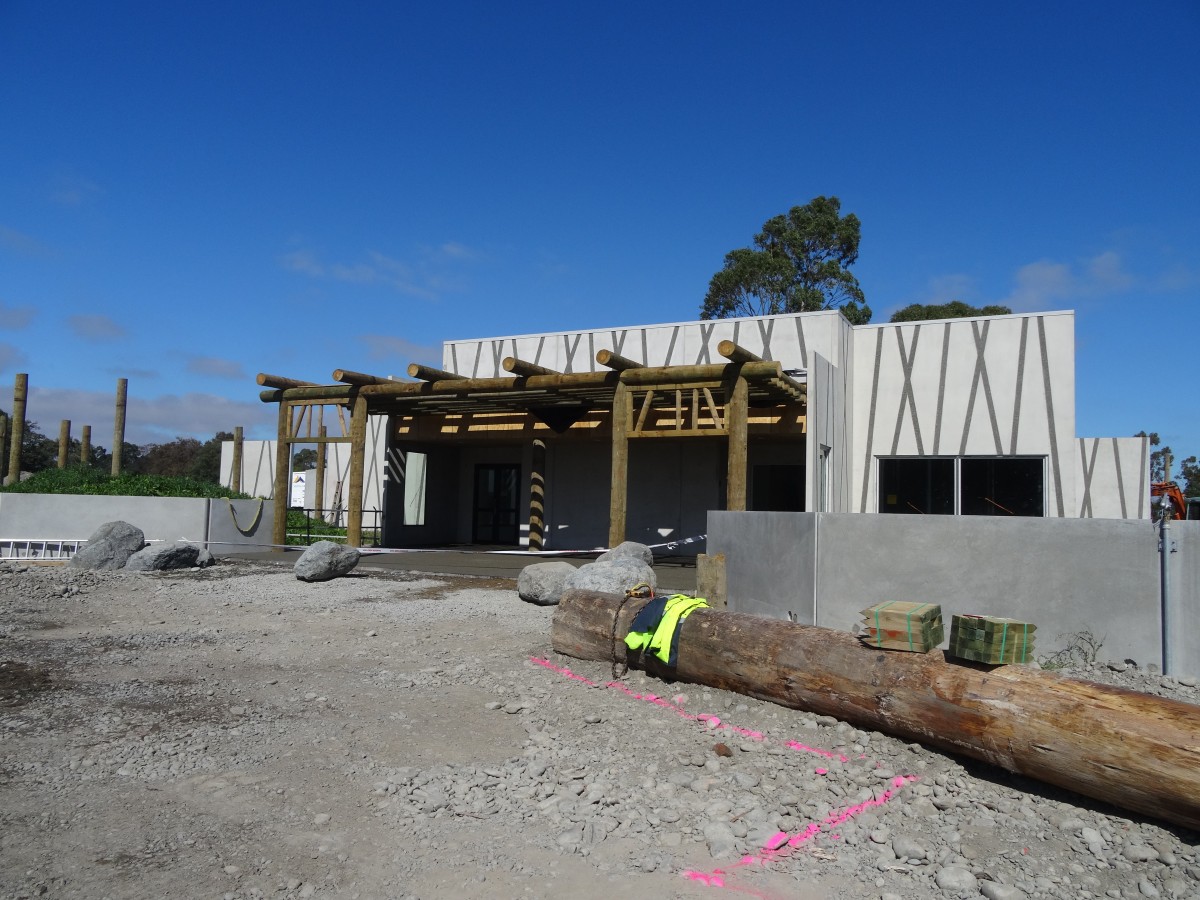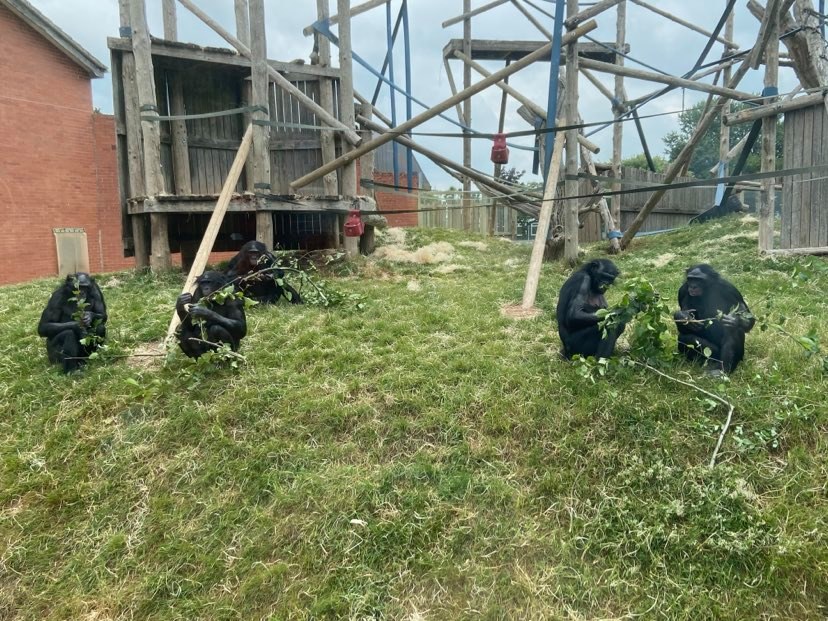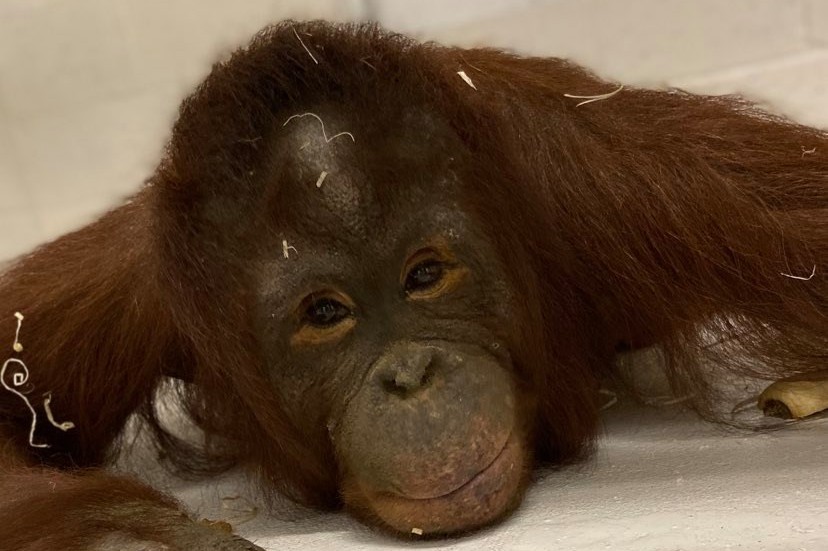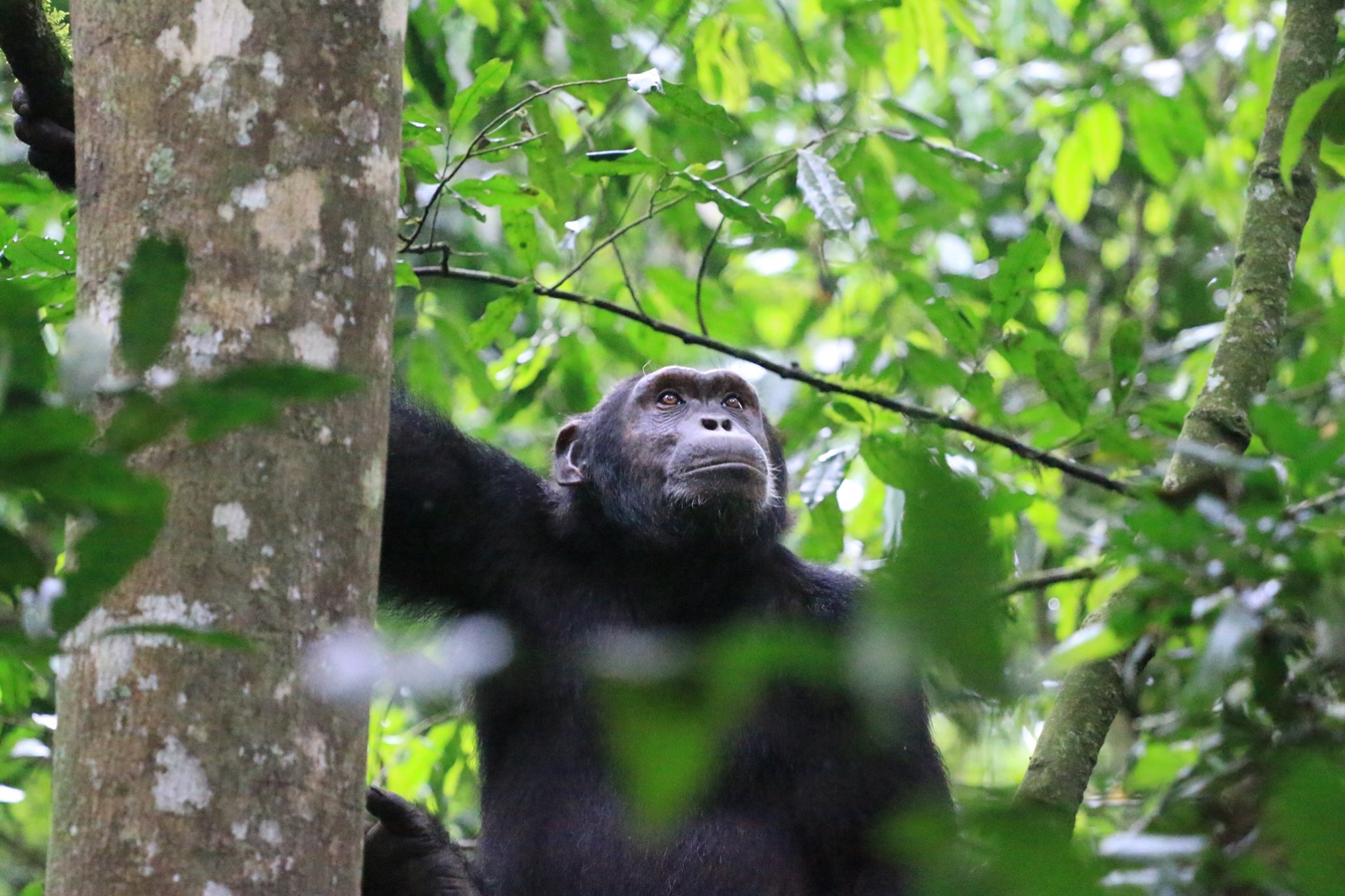Orana Wildlife Park
Past projects >> orana wildlife park
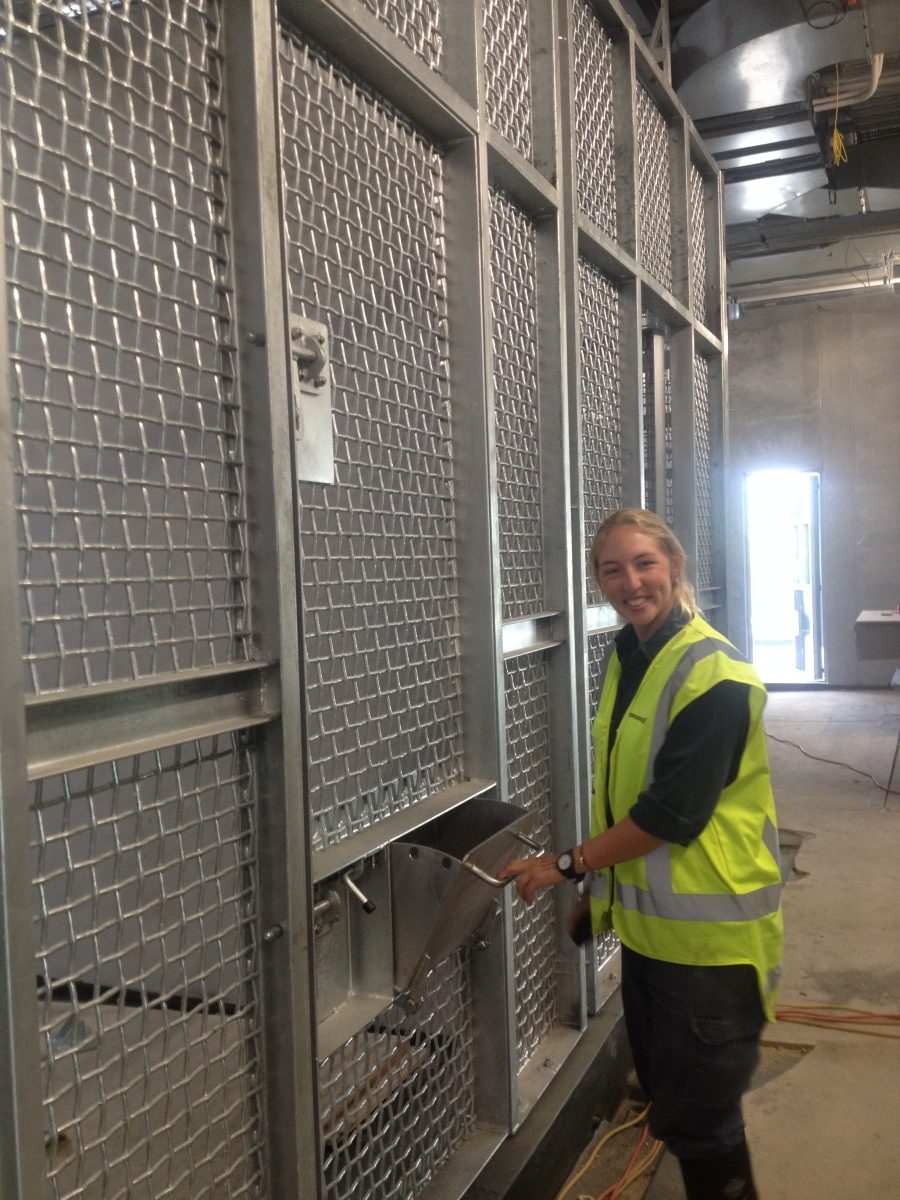
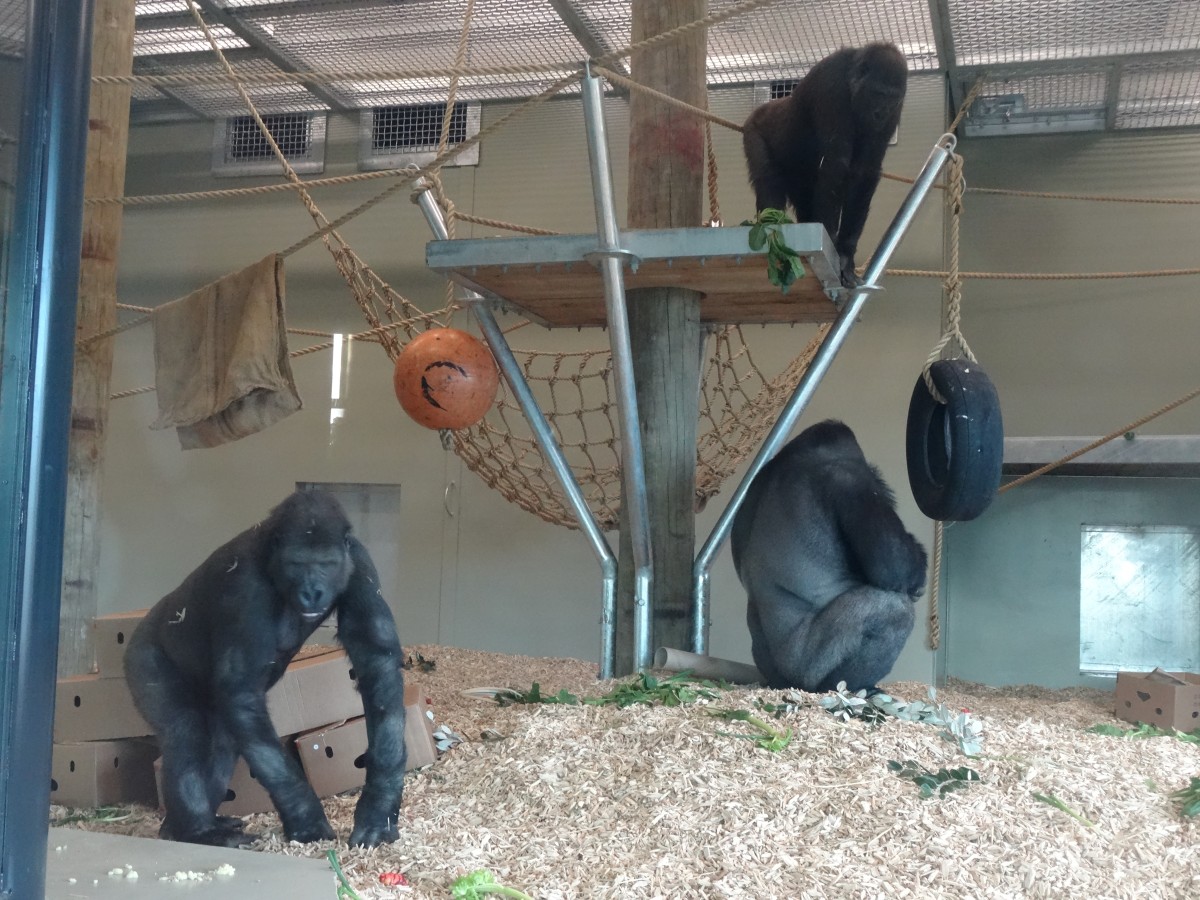
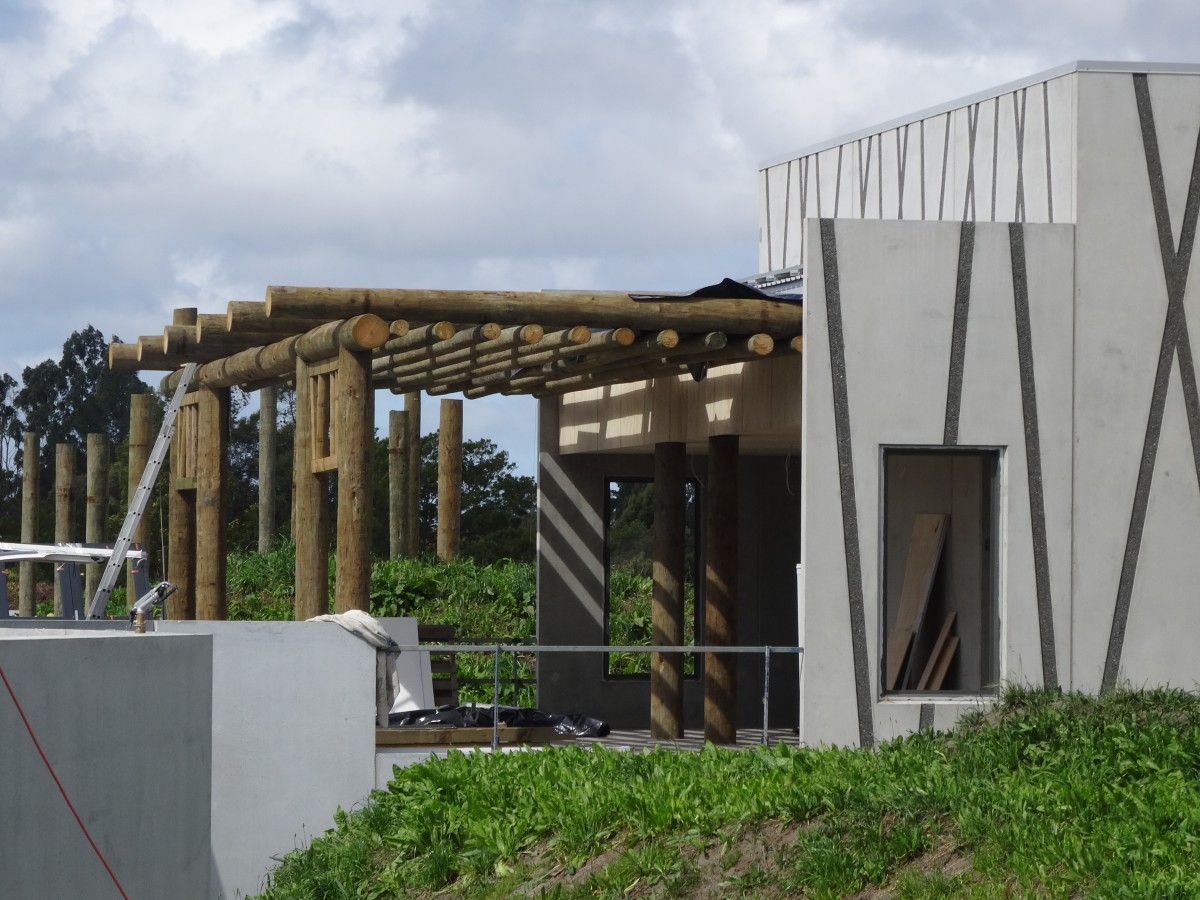
A new enclosure
In 2014 at a wildlife park on the south island, a new facility had been designed to house the first gorillas to be brought into New Zealand. The three males coming from Australia would create a bachelor group in one side of the facility and a group of three orangutans from Auckland Zoo would be housed in the other side whilst their enclosure was renovated.
After breaking ground at the site, the next few months saw construction of the foundations of the new great ape centre. The main building and general layout had already been decided so the inner workings, bespoke items and furnishings had to be designed and built once the main building was completed. Additional meshed outside dens were added to each end of the facility to create seperation areas aswell as a tunnel system which led to the main outside enclosure connecting all areas together from multiple directions should the animals need to be rotated through the exhibit if seperated. Feed hoppers were added to ensure the keepers could feed the apes even if they couldn’t access the dens and a crate attachment area was later installed.
Ladders were added to the shelves in the den areas and bespoke training elements such as built in scales and a blood sleeve port were created in both the back dens and day areas. The furnishings in the day areas were created with the individual species in mind but able to be changed easily if required. The gorilla side had mutiple shelves to create different levels and a variety of ropes and nets connecting them. The orangutan side had more roping and high shelves to encourage arboreal movement aswell as hammocks and nets. Both sides had enrichment anchor points and were deep littered using a bark substrate.
The outside enclosures were again species specific. The gorilla side had a large solid climbing structure complete with nets and ropes attaching different parts of it, along with two large posts with enrichment attachments that could be hoisted up high to encourage the animals to climb. A small pond was installed and large rocks put sporadically around the entrance area. On the orangutan side metal sway poles that resembled bamboo were erected immediately next to the entrance to the outside exhibit so the orangutans wouldn’t need to go to the floor at all to access the outside area. Their platforms were connected by a series of ropes throughout the habitat and hammocks were suspended up high to simulate nesting sites.
Husbandry manuals, safe working practices, standard operating procedures, health and safety protocols, staff training guides and diet sheets all had to be created from scratch but before long the exhibit and paperwork were ready and the gorillas were on their way.
The three males were brought together into the same zoo for quarantine, they were crated and flown via freight plane to New Zealand where they were loaded onto a truck and driven to the wildlife park. The crates were brought into the house and one by one the gorillas were unloaded into the back dens, they were left to settle and once they were used to their new surroundings they were ready to be introduced. The two youngest animals were introduced to each other first and all behaviours were very positive, the pair were left to bond before the blackback was introduced. There was only one negative interaction during the whole process when the blackback established his dominance in the group which resulted in minor injury to the youngest gorilla.
Once all three had settled down they were given access to the other areas of the indoor enclosure to explore and then several days later to the outside area. A routine was established where the gorillas were asked to come into the back dens and seperate for feeding briefly in the afternoon but remained together otherwise.

{{text}}
CASE STUDIES
